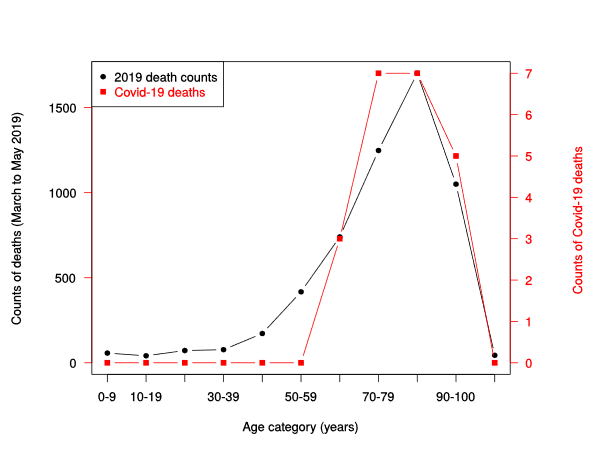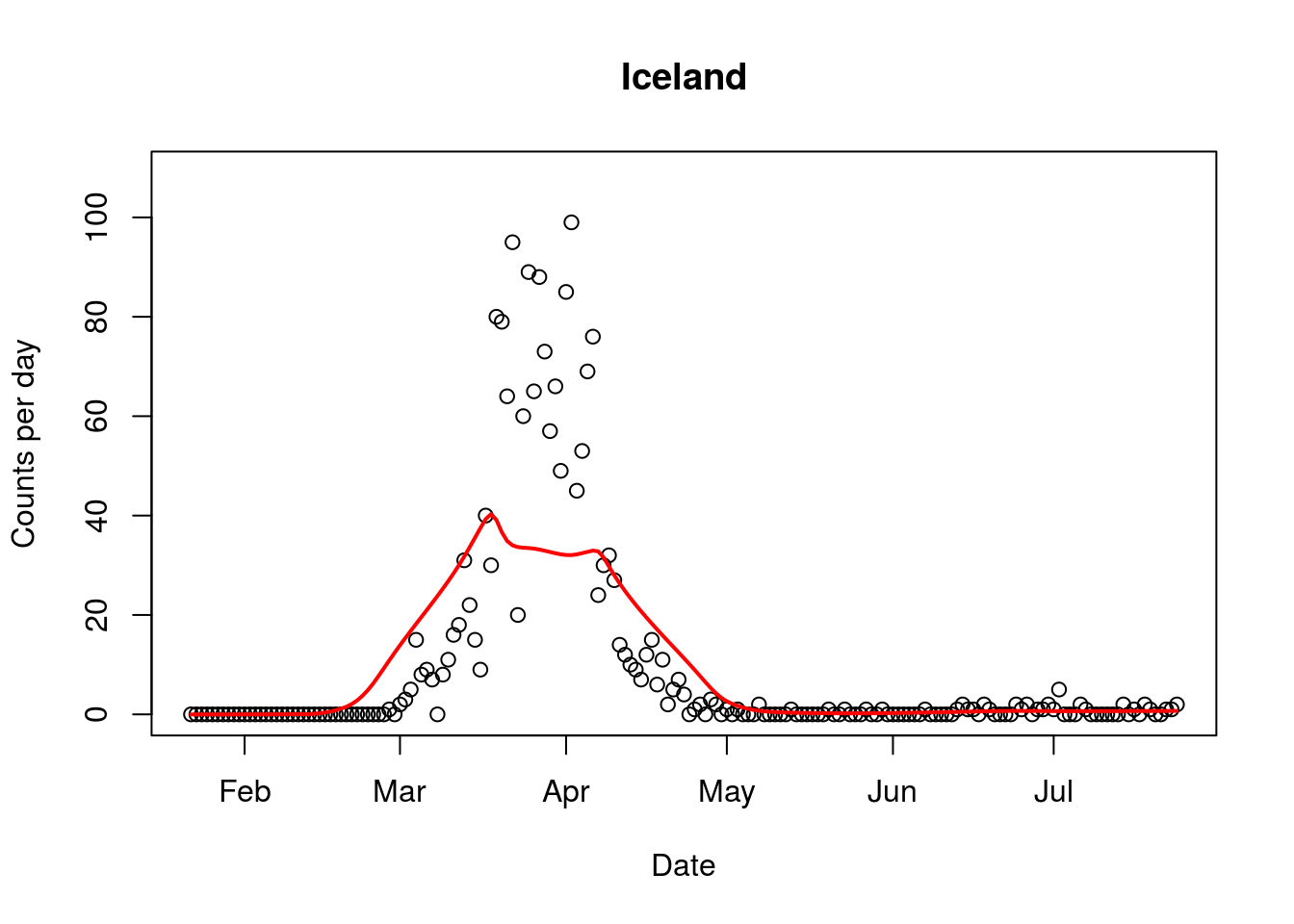By Ananish Chaudhuri and Simon Thornley
The authors are members of the Department of Economics and School of Population Health respectively at the University of Auckland. The views expressed are their own.
During the Vietnam war, the well-known (and Kiwi-born) journalist Peter Arnett is supposed to have quoted a US Major as saying “We had to destroy the village in order to save it.”
Regardless of whether anyone actually said this or not, we cannot help reflecting on the idea behind this as we go into yet another lock-down.
Back in March, when we entered our first lock-down, the evidence was not so clear. Reasonable people could have disagreed about the sagacity of the lock-down. Some of us did but on the whole most were willing to abide by the government’s decision.
But the evidence is clear now. Lock downs are not a panacea. There is, at best, weak if any correlation between lock downs and the spread of the disease. At best, they merely postpone the spread of the infection.
When the Swedish authorities said this, the rest of the world sneered at them.
Now, there is increasing recognition that maybe the Swedes did get it right. Certainly not all of it; they did experience a failure to protect the frail and elderly. But, on balance, it appears they will emerge from the pandemic stronger than their neighbours and that in the current globalized world, lock downs are not and cannot be a sustainable solution.
A recent report from the Productivity Commission now provides support for this Swedish view by asking questions about the relative costs and benefits of prolonging our earlier lock down. The conclusion: the costs conservatively outweighed the benefits of an extended lockdown by 95:1.
And the Swedish approach has been reiterated by Camilla Stoltenberg, Director General of the Norwegian Institute of Public Health; that Norway could have handled the disease without locking down.
There is no vaccine and if there is one, it is still some time away. The fastest vaccine ever developed, for mumps, took four years. In any event, even with a vaccine there is no way of guaranteeing that every Kiwi will take it. In fact, unless we keep our borders closed forever, we need everyone else in the world to take the vaccine too. Diseases we thought had been eliminated, like measles, have made a come-back.
Consequently, in an earlier article we pointed out that elimination is not and never was a realistic strategy and suggested ways of moving forward and resuming normalcy including opening our borders.
It was certainly inevitable that the disease would recur. What was not inevitable was the steps we took along the way and the economic and social costs of those steps.
Did we really need to spend the time, effort and resources to force people into quarantine? Could we not trust them to self-isolate like we did earlier with prosecution of violators? Like Sweden, New Zealand is a high trust society. Why does our government have such little faith in its citizens? Why does it claim for its police the right to enter people’s home without warrants to enforce quarantine?
And if a government does not trust its citizens, then why and how long should the citizens continue to trust the government?
Even with preponderance of evidence that lock downs are mostly useless, our government has responded to an outbreak with another lock down. The initial rationale for a lockdown was protecting our hospitals, but now with cases linked to only one household, the threshold for pulling the lockdown trigger has dropped considerably.
Is this really sustainable: To lurch from one from lock down to another with breaks in between?
Yes, resuming normal life will lead to more cases and there will be more deaths due to Covid-19; just as there will be more deaths from auto accidents, flu, pneumonia, respiratory illnesses, loneliness and self-harm. We also now appreciate that the age distribution of deaths from Covid-19 is indistinguishable from background mortality.
Maybe we need to better confront the idea of our own mortality. Such a conversation is topical given the upcoming referendum on euthanasia.
If we could shut down all motorized vehicles, then the reduction in pollution will save many lives that are lost from respiratory illnesses. But, no one suggests that since this is not a realistic proposition. Instead, we set emissions standards in such a way that the social benefit of driving or flying is equal to or higher than the social cost.
Contrary to the culture of fear besetting us, Covid-19 is hardly the threat it has been made out to be. Both the case fatality ratio (number of deaths divided by the number of reported cases) and the infection fatality ratio (number of deaths divided by the number of people potentially infected) is relatively low and much lower than say Ebola or other corona viruses such as Middle Eastern Respiratory Syndrome (MERS) or Severe Acute Respiratory Syndrome (SARS). It is now clear that lockdowns are a blunt instrument that is disproportionate to the threat posed by this virus.


